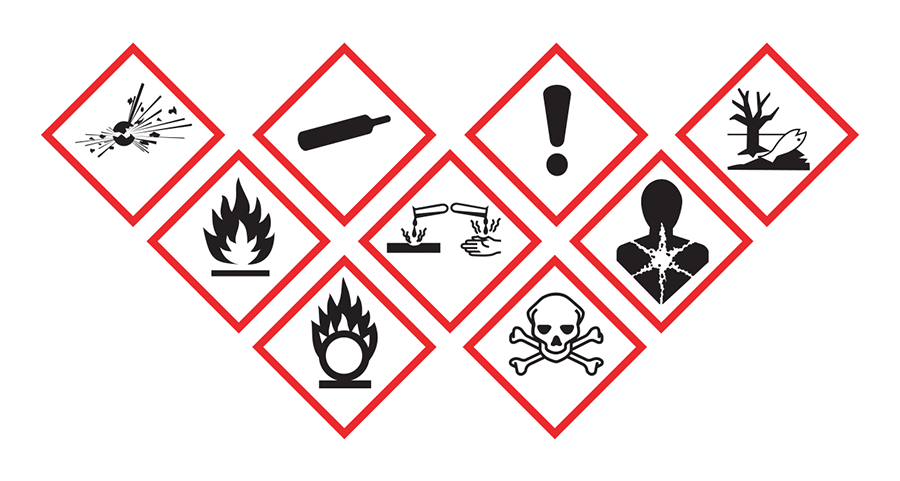-
Sale!
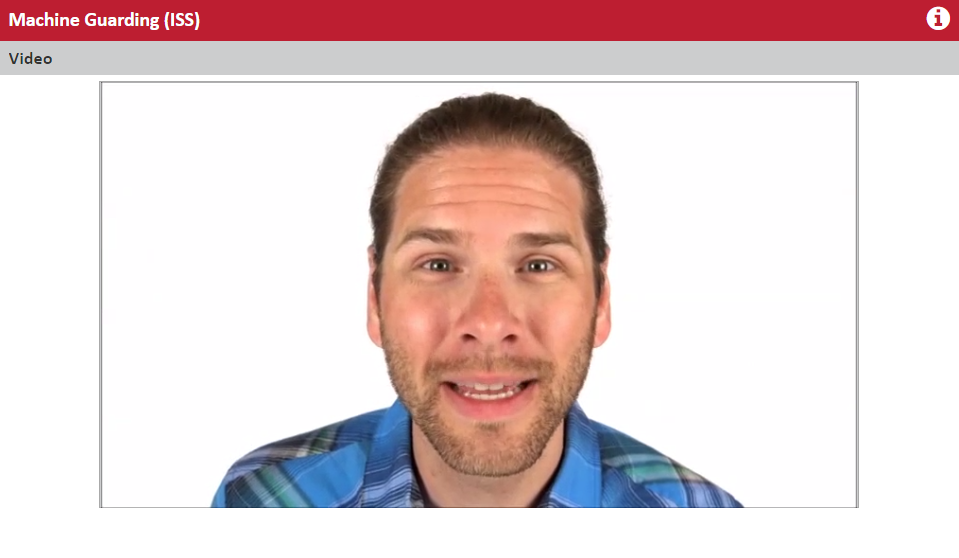
 In this Safety Tip course, employees will learn about the importance of machine guards, how to properly use them, and how to flag defective guards before they cause problems.
In this Safety Tip course, employees will learn about the importance of machine guards, how to properly use them, and how to flag defective guards before they cause problems. -
Sale!
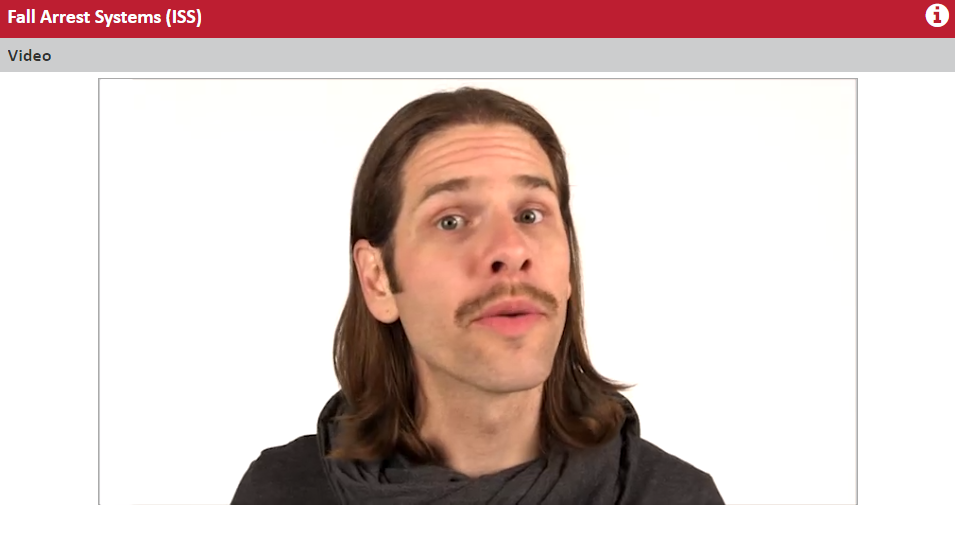
 For many workplaces, falls are an inevitability. Personal fall arrest systems are deployed to ensure every fall is safe. In this Safety Tip course, employees will learn about the importance of personal fall arrest systems and how to safely use them.
For many workplaces, falls are an inevitability. Personal fall arrest systems are deployed to ensure every fall is safe. In this Safety Tip course, employees will learn about the importance of personal fall arrest systems and how to safely use them. -
Sale!
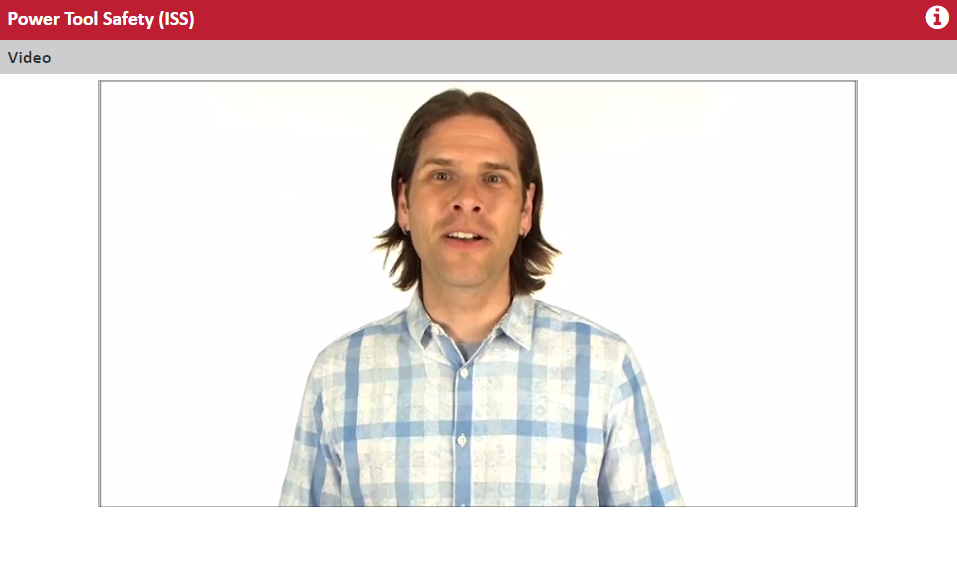
 Power tools, while useful, can cause a variety of hazards, ranging from catching on clothing to fatal injuries. In this Safety Tip course, employees will learn about the dangers posed by power tools and best practices for safe use.
Power tools, while useful, can cause a variety of hazards, ranging from catching on clothing to fatal injuries. In this Safety Tip course, employees will learn about the dangers posed by power tools and best practices for safe use. -
Sale!

 Tripping hazards are present in every workplace in the forms of debris, cords, ledges, or just stairs. In this Safety Tip course, employees will identify common tripping hazards and learn strategies for reducing their presence in the workplace.
Tripping hazards are present in every workplace in the forms of debris, cords, ledges, or just stairs. In this Safety Tip course, employees will identify common tripping hazards and learn strategies for reducing their presence in the workplace. -
Sale!

 Respiratory protection plays a crucial role in the survival and wellbeing of employees. In this Safety Tip course, employees will identify common respiratory hazards and learn what respiratory is necessary for different hazards.
Respiratory protection plays a crucial role in the survival and wellbeing of employees. In this Safety Tip course, employees will identify common respiratory hazards and learn what respiratory is necessary for different hazards. -
Sale!
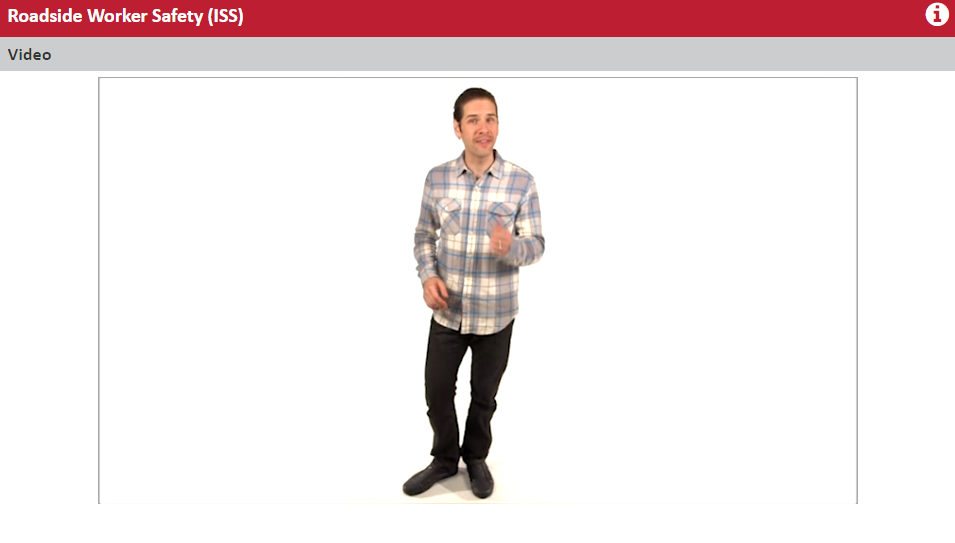
 In this Safety Tip course, employees will learn best practices for ensuring their safety while performing road work.
In this Safety Tip course, employees will learn best practices for ensuring their safety while performing road work. -
Sale!
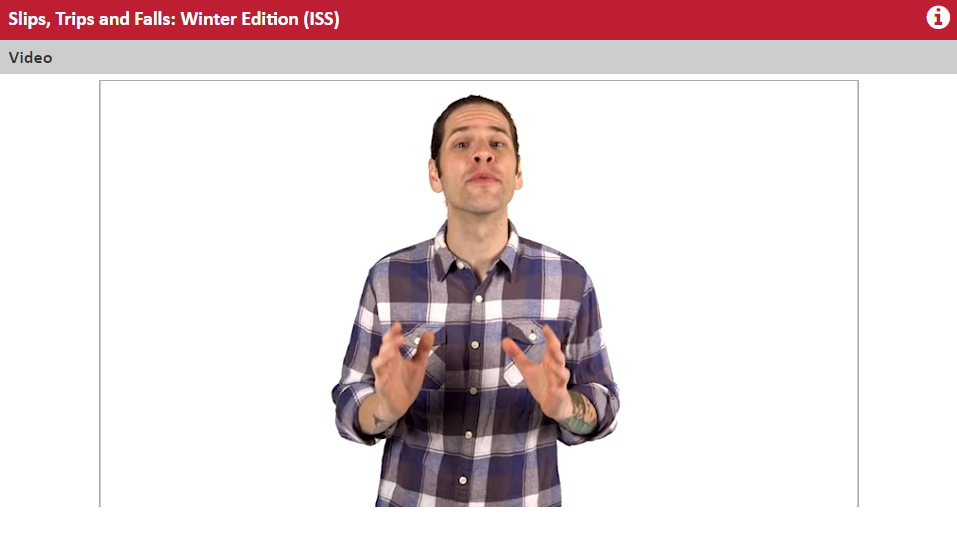
 Slips, trips, and falls only get more likely during the winter months due to snow, ice, and fog. In this Safety Tip course, employees will identify winter-specific slip, trip, and fall hazards and learn best practices to ensure their safety.
Slips, trips, and falls only get more likely during the winter months due to snow, ice, and fog. In this Safety Tip course, employees will identify winter-specific slip, trip, and fall hazards and learn best practices to ensure their safety. -
Sale!

 Simply put, sitting for extended periods of time damages the body significantly. In this Safety Tip course, employees will learn strategies and techniques to keep their body healthy and reduce the negative effects of sitting.
Simply put, sitting for extended periods of time damages the body significantly. In this Safety Tip course, employees will learn strategies and techniques to keep their body healthy and reduce the negative effects of sitting. -
Sale!
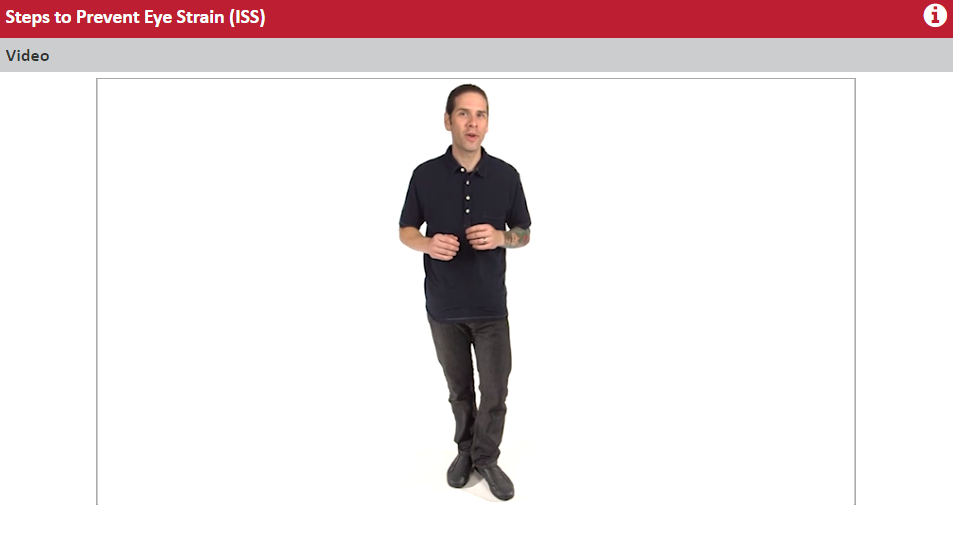
 Eye strain is a common symptom of staring at computer screen, long drives, or brightly lit areas. In this Safety Tip course, employees will learn strategies to reduce eye strain and maintain the health of their eyes.
Eye strain is a common symptom of staring at computer screen, long drives, or brightly lit areas. In this Safety Tip course, employees will learn strategies to reduce eye strain and maintain the health of their eyes. -
Sale!
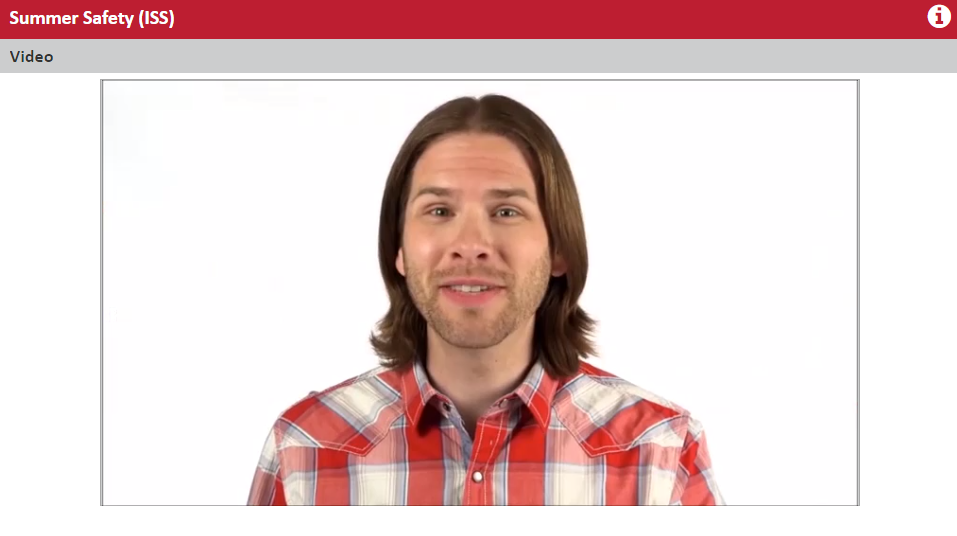
 Summertime brings a wave of hazards to the work environment, ranging from heat to fires. In this Safety Tip course, employees will learn how to protect themselves from summer hazards and work safely.
Summertime brings a wave of hazards to the work environment, ranging from heat to fires. In this Safety Tip course, employees will learn how to protect themselves from summer hazards and work safely. -
Sale!

 Among all the potential hazards in the construction industry, 4 account the most reported work-related injuries. In this Safety Tip course, employees will learn about the top 4 hazards and ways to protect themselves.
Among all the potential hazards in the construction industry, 4 account the most reported work-related injuries. In this Safety Tip course, employees will learn about the top 4 hazards and ways to protect themselves. -
Sale!
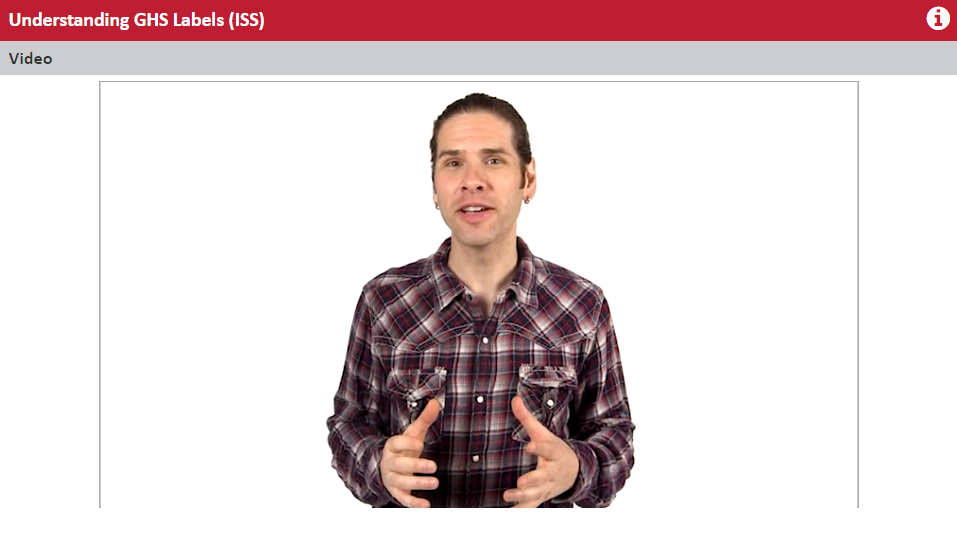 GHS labels detail important information on the proper use of chemicals and the hazards they pose. In this Safety Tip course, employees will learn how to understand GHS labels and what to do if they are missing or illegible.
GHS labels detail important information on the proper use of chemicals and the hazards they pose. In this Safety Tip course, employees will learn how to understand GHS labels and what to do if they are missing or illegible.

